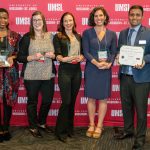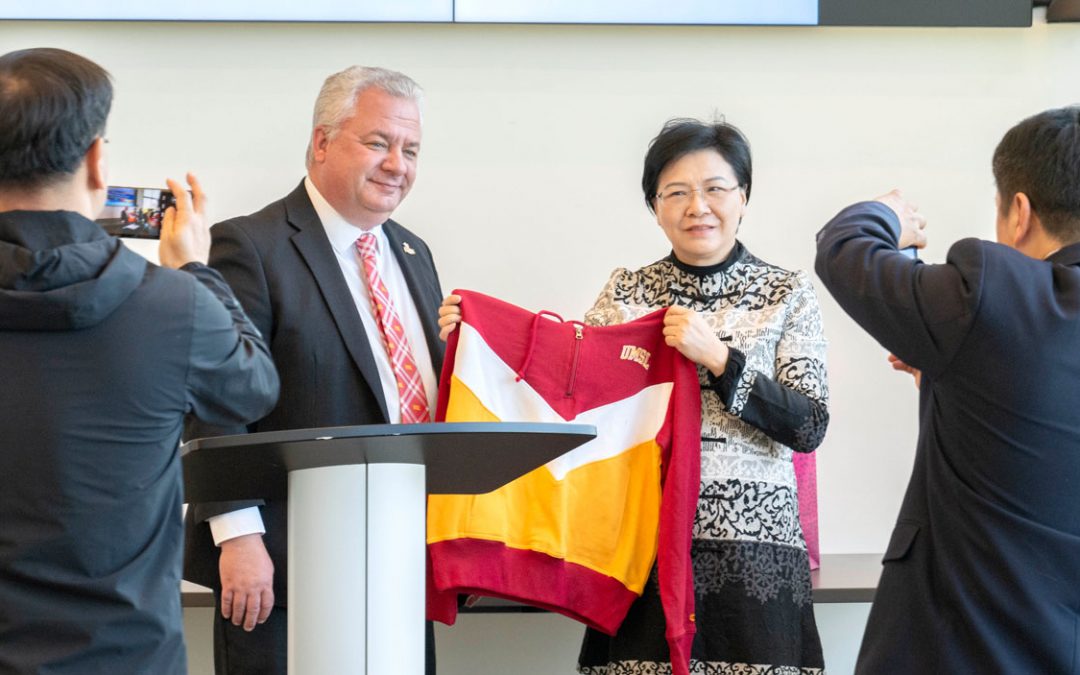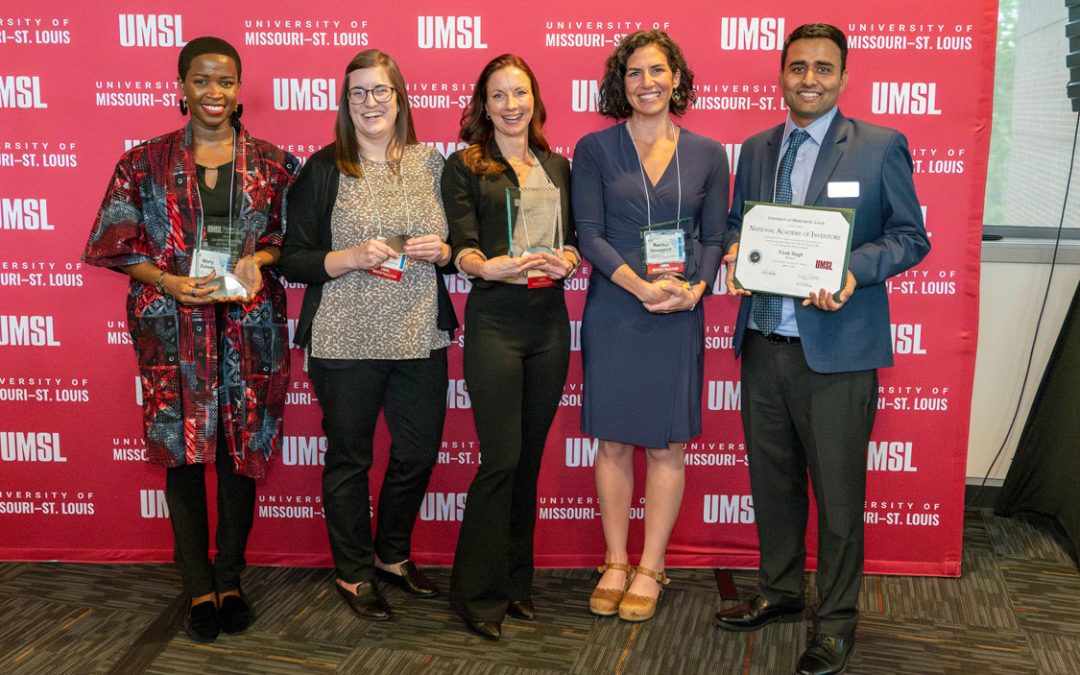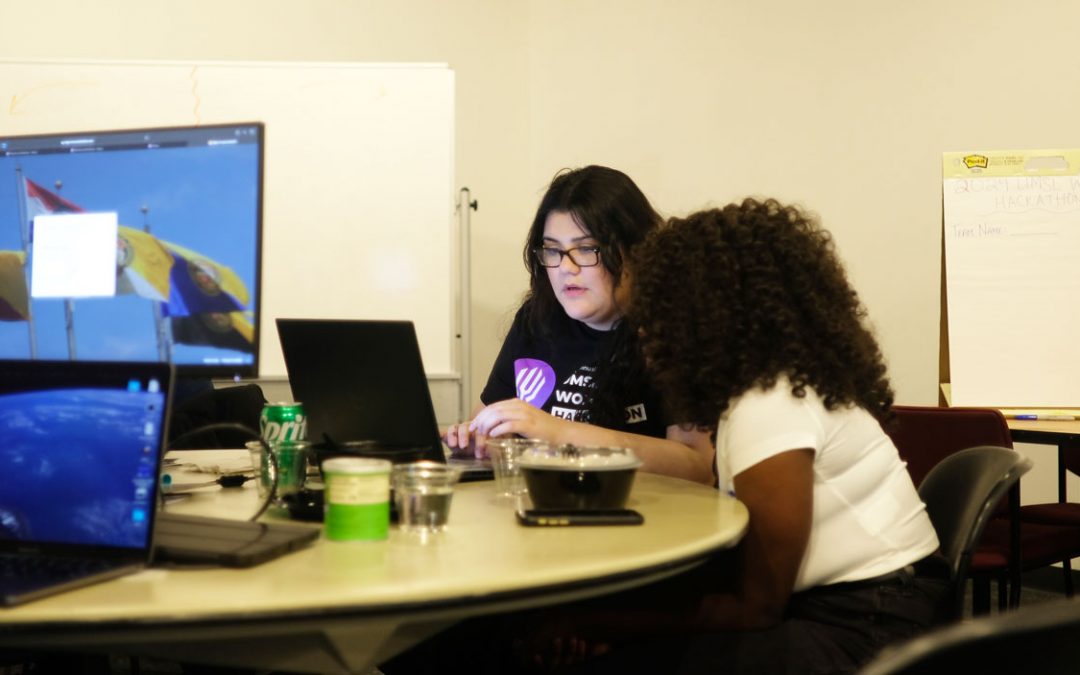Why did King Tut die? And what happened to Ötzi the Iceman, who lived hundreds of years before the young pharaoh and left behind the world‘s oldest human blood cells?
Albert Zink, scientific director for the Institute for Mummies and the Iceman in Italy, has explored questions such as these over the course of his career. He shared a few insights with “St. Louis on the Air” listeners this week, leading up to a free public lecture at the University of Missouri–St. Louis on Monday.
The focus of Zink’s March 26 conversation with St. Louis Public Radio host Don Marsh was Ötzi the Iceman, the well-preserved remains of a man who lived about 5,300 years ago and was discovered in the Alps in 1991.
“There was so little known about this time period before,” Zink told Marsh. “We learned a lot from the Iceman on the living conditions of this time – that they were very well adapted to the climate, to the mountain region – and we learned a lot about him, about his diseases, about his living conditions.”
Zink noted that the Iceman is a “natural mummy,” unlike Egypt’s famed Tutankhamun.
“He was mummified because his body was desiccated very quickly, and he was covered with ice and snow that kept his body from decay,” Zink said during the interview. “This happens quite often. So it’s true that people believe mummies are coming from Egypt mainly, but in the end, we have mummies all over the world.”
He added that the Iceman and other human mummies can shed light on the evolution of infectious diseases and offer new clues for understanding diseases today.
“He [suffered] from atherosclerosis – calcification of his arteries,” Zink said when Marsh inquired about the Lyme disease and arthritis that also afflicted the Iceman. “And the interesting thing is we found that he had a very strong genetic predisposition already. And this maybe can change our understanding of how this disease evolves, because we are always thinking this is just manmade – it depends on our nutrition and our lifestyle. But we know that the Iceman had a very healthy lifestyle. He walked a lot, he had a very balanced diet, he was a nonsmoker.”
The conversation also touched on the Iceman’s death.
“He was shot with an arrow from behind,” Zink told Marsh. “He must’ve died there, directly at the spot.”
Zink’s March 30 presentation at UMSL is titled “From Tutankhamun to Ötzi: The scientific study of human mummies.” Sponsored by the Department of Anthropology, Sociology and Languages, the evening begins with a 6:30 p.m. reception followed by a 7 p.m. lecture in the J.C. Penney Building/Conference Center Auditorium.
For more information on the event, see the flier. To listen to the full St. Louis Public Radio interview, click here.
















